Home > Blog > Weather
Why Tropical Cyclones Are Good for Us
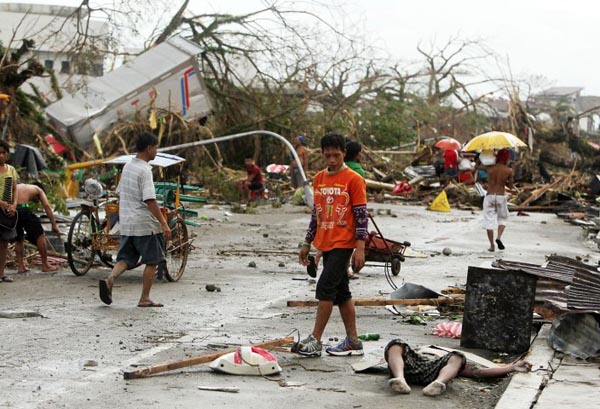
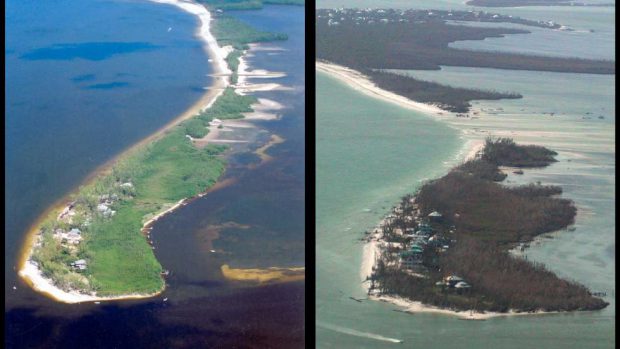
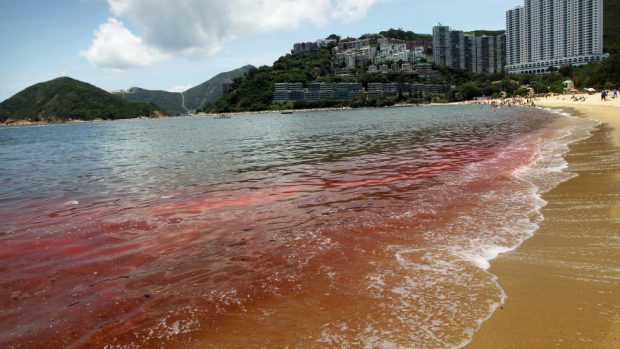

According to the Philippine Atmospheric Geophysical and Astronomical Services Administration (PAGASA), about 20 Tropical Cyclones enter the Philippine Area of Responsibility each year with an average of 8 or 9 making landfall. Because of this, the country constantly faces risks of fatalities and high-cost damage.
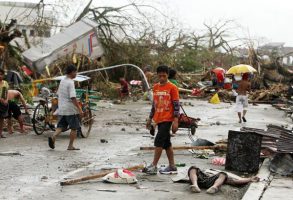
Photo courtesy: DZRH News
Super Typhoon Haiyan, locally known as Yolanda, was one of the world’s strongest typhoons. In 2013, Yolanda made landfall in the Visayas region, killing around 6,000 people. PAGASA has replaced the name “Yolanda with “Yasmin” in its lists to Tropical Cyclone names. A cyclone name is “retired” when it has caused at leat 300 deaths of P1 billion pesos worth of damage in crops and infrastructure.
How are Tropical Cyclones Formed?
According to Weather Forecaster Loriedin de la Cruz, Tropical Cyclones are formed when the following happen:
• The winds near the ocean surface have converged, causing air to rise and storm clouds to form.
• The wind shear or difference in wind speed or direction in the atmosphere must be weak for a storm to develop. When wind shear is strong, it keeps the Tropical Cyclone from circulating and gaining
momentum.
• Sufficient distance of a cyclone from the equator will provide spin or twist to a cyclone. There is no cyclone that developed at the equator or very near the equator because there is not enough wind
rotation that can spin a cyclone.
• Warm sea surface temperature, particularly that of 28°C and above is conducive for a Tropical Cyclone to develop. Warm temperatures allow moisture to enter the atmosphere, creating cloud clusters,
which would turn into a Low Pressure Area and later on, a cyclone.
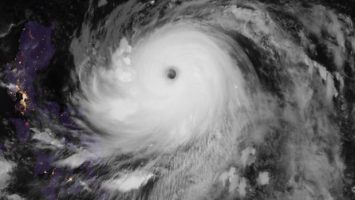
Super Typhoon Lawin as seen from satellite imagery on October, 2016. Photo courtesy: Colorado State University
We often look at the destruction that comes with Tropical Cyclones, but rarely does anyone talk about their benefits. Here are some of them:
They end red tides.
-Along with the dry season comes the risk of red tide, a discoloration in seawater caused by harmful algal blooms that kill thousands of fish. Red tide can cause respiratory ailments and skin irritations. As it turn out, red tide’s greatest enemy is the Tropical Cyclone season. While rains replenish seawater, winds toss its contents. And oxygenate near-surface waters, helping life to return to areas infested by red tide.
Red tide. Photo Courtesy: Eugene Gu, MD

It maintains global heat balance.
-A Tropical Cyclone usually develops near the equator where heat content is high. Because a cyclone tends to move pole-ward, it distributes the warm tropical air to the poles, thus- maintaining global heat balance. If there were no tropical cyclones, people from the tropics and those near the poles will suffer from the intense heat and cold respectively.
They replenish barrier islands.
– According to Jonathan Belles of the Weather Channel, barrier islands, which help mitigate ocean swells and protect the coastline, often get replenished as a Tropical Cyclones moves through them. Cyclones have the power to pick up sand and other elements on the seafloor and bring it towards the barrier islands through storm surges and strong winds. Without tropical cyclones, barrier islands would eventually sink into the ocean.
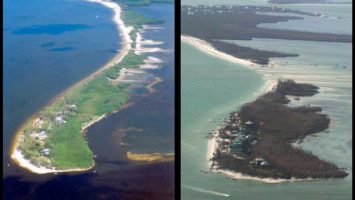
Hurricane Charley spread sand toward the island. Photo courtesy: NASA
It promotes plant life.
– Tropical Cyclones bring light to intense rainfall needed by farmers for their crops.
– As cyclones make their landfall, their winds blows seeds further inland, replenishing lost growth after urbanization and fires.
They replenish our dams.
-Tropical cyclones can bring an excessive rainfall, which we need to replenish the water level of our dams for our drinking water, cooking, household chores and irrigation.

The water level at Angat dam before and after a series of Tropical Cyclones. Photo courtesy DZRH News
Like all other stories, the tale of the Tropical Cyclone also has two sides. The next time you dismiss this weather phenomenon as simply destructive, remember the good things it brings. This gives us all the more reason to prepare for such natural disasters, so we can enjoy more of their benefits, and less of their devastating effects.

